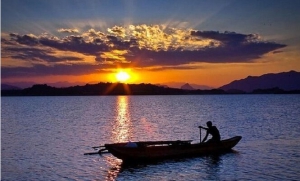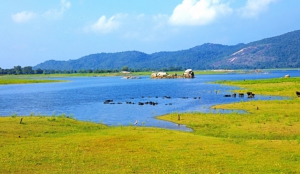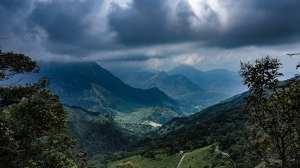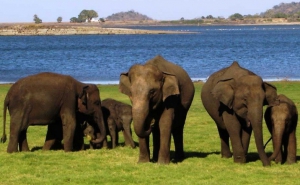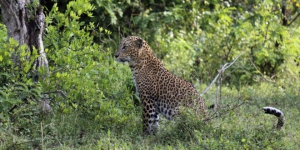Sinharaja National Park
Sinharaja National Park, dominated by tropical rain and cloud forest, was the first protected area in Sri Lanka to be declared a UNESCO World Heritage Site. The reason for this is the primary forest that has been preserved to this day and the high proportion of endemic animals and plants and an exuberant, green vegetation, which can be experienced as part of a rainforest expedition - one of the last contiguous rainforest reserves in Sri Lanka. Sinharaja National Park is not heavily frequented, so the safari experiences here are particularly authentic.
Things to do in Sinharaja National Park
Exploration tours through the evergreen Sinharaja National Park can be done on foot, by kayak or mountain bike. On the way you will encounter endemic reptiles, many colorful birds and monkeys, but leopards also live here. And if you have your swimsuit with you, you can pe into one of the crystal-clear waterfall pools of the national park on the way.
The park is criss-crossed by romantic rivers, raging deep brown rivers such as the Gin Ganga and suspension bridges, which can be explored on one of the numerous hiking trails. To the left and right of the paths, impressive, up to 50 meters high, primeval giant trees grow up into the sky on wooded hills. The ground is populated by small carnivorous plants and gives a little feeling of the primordial state of nature. But lush green tea plantations also grow on the slopes.
Best time to visit and climate in Sinharaja National Park
The humidity in Sinharaja is very high, it rains a lot. The driest months are August/September and February/March, but you can expect rain showers at any time. The average temperatures are 24 degrees, and it can get very hot during the day, and it cools down significantly at night. Especially after the rainy season (December to January) there are many leeches.



